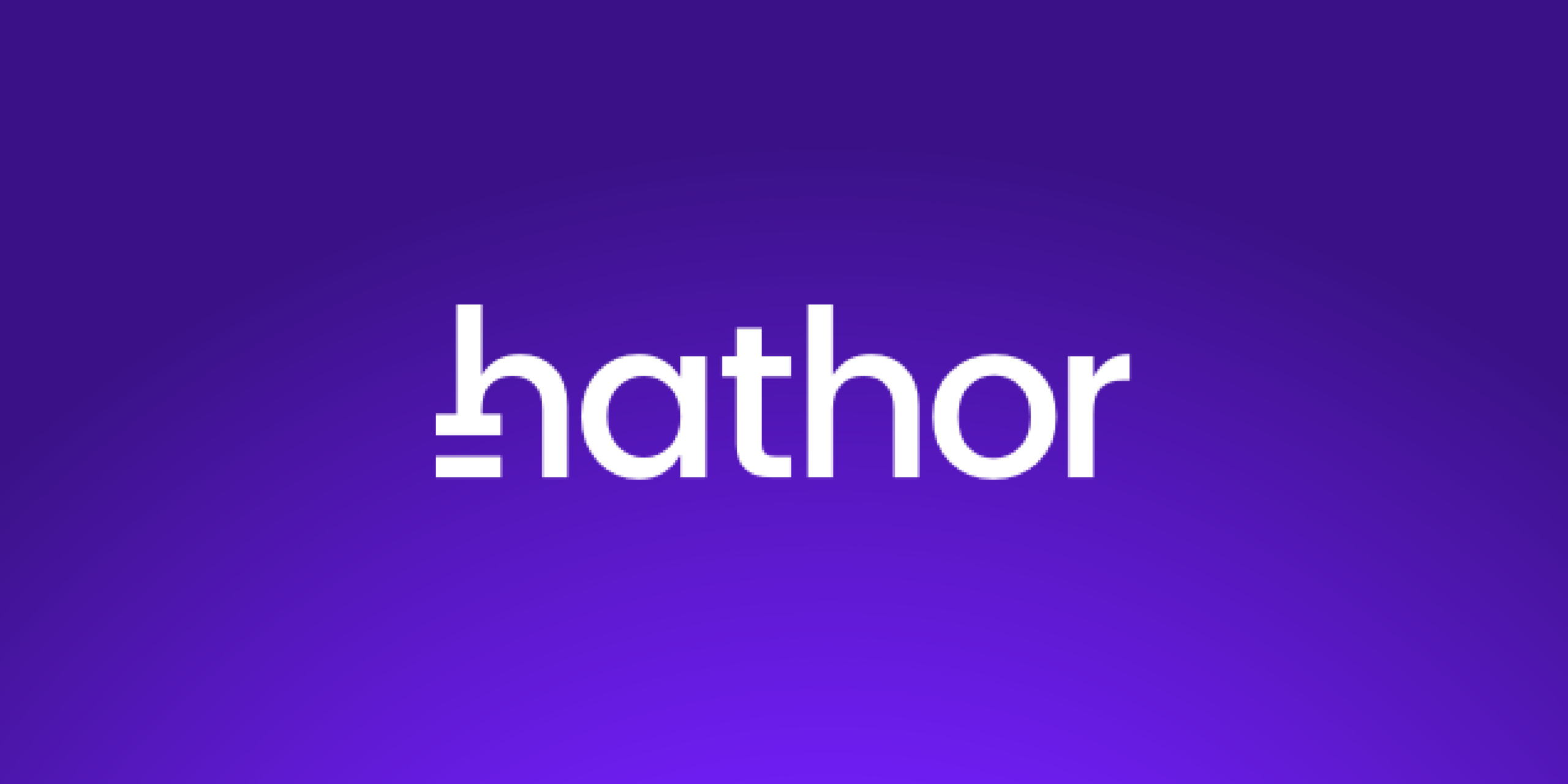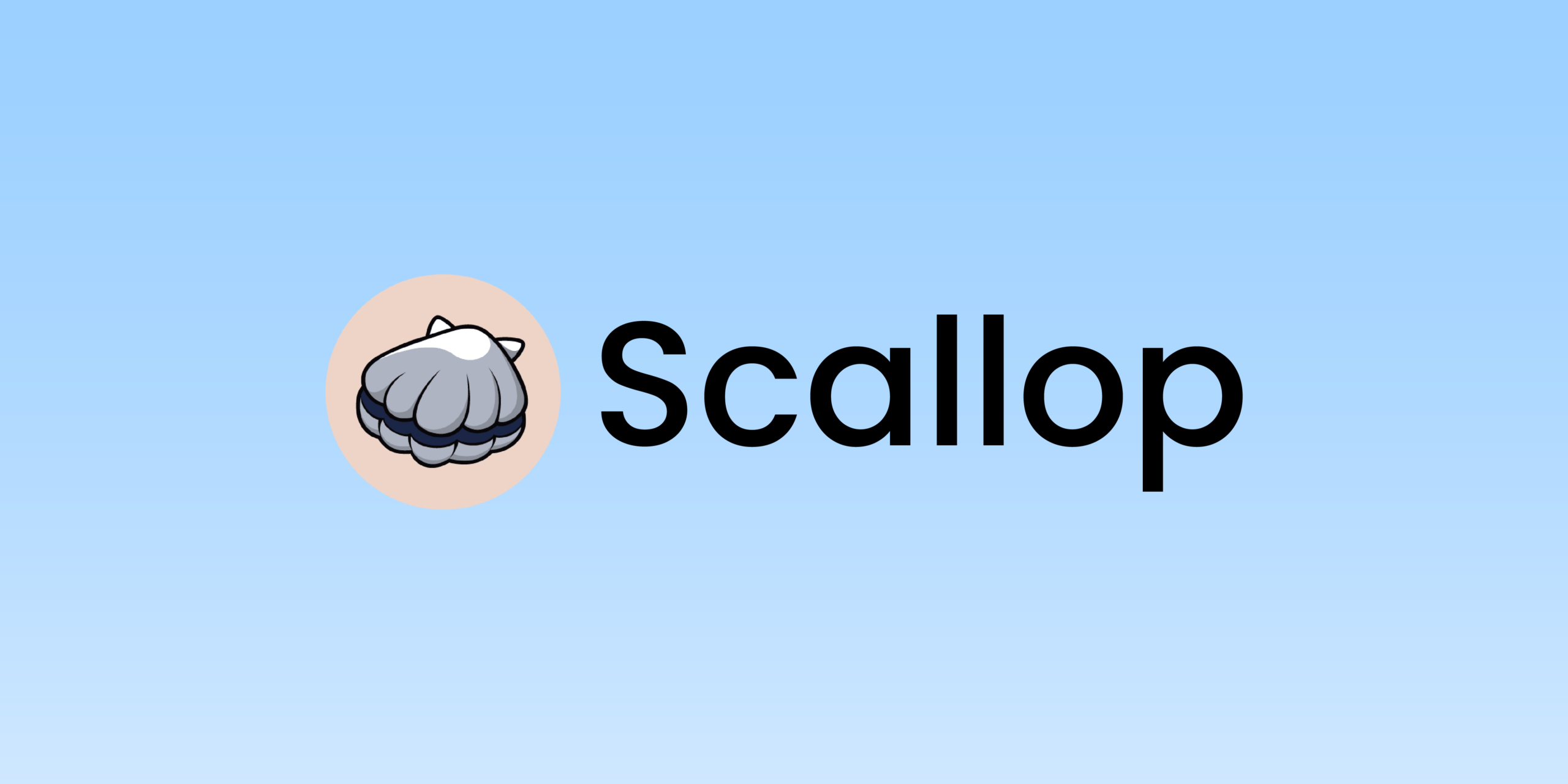Introduction
The Hathor Network emerges as a groundbreaking platform engineered explicitly for financial transactions and contracts. By uniquely integrating both blockchain and Directed Acyclic Graph (DAG) technologies, the network positions itself as a front-runner in the realm of decentralized platforms. Its commitment to achieving high scalability, combined with robust decentralization, paves the way for transactions that are efficient, secure, and resistant to censorship.
Innovation
One of the standout aspects of the Hathor Network is its unique blend of DAG and blockchain methodologies. By leveraging the strengths of both these technologies, the network has crafted a system that addresses common challenges in the cryptocurrency arena, notably scalability and the maintenance of decentralization.
Architecture
The architectural duality of Hathor Network is of particular interest. The blockchain component primarily serves as a security layer, especially during low transaction throughput. Conversely, the DAG component becomes more prominent during heightened transaction activity, ensuring scalability without compromising security.
Code Quality
Developed using Python, the Hathor Network‘s source code has been meticulously constructed from the ground up by a cadre of accomplished developers. This pristine codebase has been subjected to rigorous scrutiny through intensive academic research, underscoring its robustness and reliability.
Hathor Network Product Roadmap
The Hathor Network has equipped its users with a plethora of features, including:
- Feeless and expedited transactions.
- Proof-of-Work (PoW) mining to foster network participation.
- Merged mining capabilities with well-established cryptocurrencies like Bitcoin and Litecoin.
- User-friendly custom token creation.
- The innovative Nano-contracts serve as a streamlined variant of Smart Contracts.
- An Atomic Swap mechanism is fostering trustless multi-token exchanges among various parties.
Usability
The Hathor Network underscores user convenience, evident from its offering of custom token creation in a few clicks. These tokens, operating under the same technical premises as the native HTR tokens, offer unparalleled flexibility, accommodating diverse use cases.
Team
The Hathor Network’s success is partly attributed to its stellar team of developers. Their expertise and dedication have been pivotal in creating an innovative and reliable platform. Their commitment to excellence ensures that the Hathor Network remains at the forefront of decentralized platform technology.
Conclusion
The Hathor Network sets a benchmark in the cryptocurrency and decentralized platform space with its innovative integration of DAG and blockchain technologies. By addressing core challenges like scalability and decentralization and introducing features such as Nano-contracts and Atomic Swaps, the Hathor Network positions itself as a formidable player in the digital finance realm. The dedicated team and robust codebase further accentuate its credibility, making the Hathor Network a noteworthy platform for future financial transactions and contracts.
| Initial Screening | |||
| Keep researching | |||
| Does this project need to use blockchain technology? | Yes | ||
| Can this project be realized? | Yes | ||
| Is there a viable use case for this project? | Yes | ||
| Is the project protected from commonly known attacks? | Yes | ||
| Are there no careless errors in the whitepaper? | Yes | ||
| Project Technology Score | |||
| Description | Scorecard | ||
| Innovation (Out Of 11) | 9 | ||
| How have similar projects performed? | Medium | 1 | |
| Are there too many innovations? | Medium | 1 | |
| Percentage of crypto users that will use the project? | Over 11% | 5 | |
| Is the project unique? | Yes | 2 | |
| Architecture (Out of 12) | 12 | ||
| Overall feeling after reading whitepaper? | Good | 2 | |
| Resistance to possible attacks? | Good | 2 | |
| Complexity of the architecture? | Not too complex | 2 | |
| Time taken to understand the architecture? | Less than 20 min | 2 | |
| Overall feeling about the architecture after deeper research? | Good | 4 | |
| Has the project been hacked ? | No | 0 | |
| Code Quality (out of 15) | 10 | ||
| Is the project open source? | Yes | 2 | |
| Does the project use good code like C,C++, Rust, Erlang, Ruby, etc? | No | 1 | |
| Could the project use better programming languages? | Yes | -1 | |
| Github number of lines? | More than 10K | 1 | |
| Github commits per month? | More than 10 | 2 | |
| What is the quality of the code? | Good | 2 | |
| How well is the code commented? | Bad | 0 | |
| Overall quality of the test coverage? | Outstanding | 2 | |
| Overall quality of the maintainability index? | Good | 1 | |
| When Mainnet (out of 5) | 5 | ||
| When does the mainnet come out? | Mainnet Ready | 5 | |
| Usability for Infrastructure Projects (out of 5) | 5 | ||
| Is it easy to use for the end customer? | Yes | 5 | |
| Team (out of 7) | 6 | ||
| Number of active developers? | 5+ | 2 | |
| Developers average Git Background? | Senior | 2 | |
| Developers coding style? | Solid | 2 | |
| Total Score (out of 55) | 47 | ||
| Percentage Score | |||
| Innovation | 16.36% | ||
| Architecture | 21.82% | ||
| Code Quality | 18.18% | ||
| Mainnet | 9.09% | ||
| Usability | 9.09% | ||
| Team | 10.91% | ||
| Total | 85.45% |





